Have you ever wondered if crate training was for your dog and if so how you would crate train your dog?
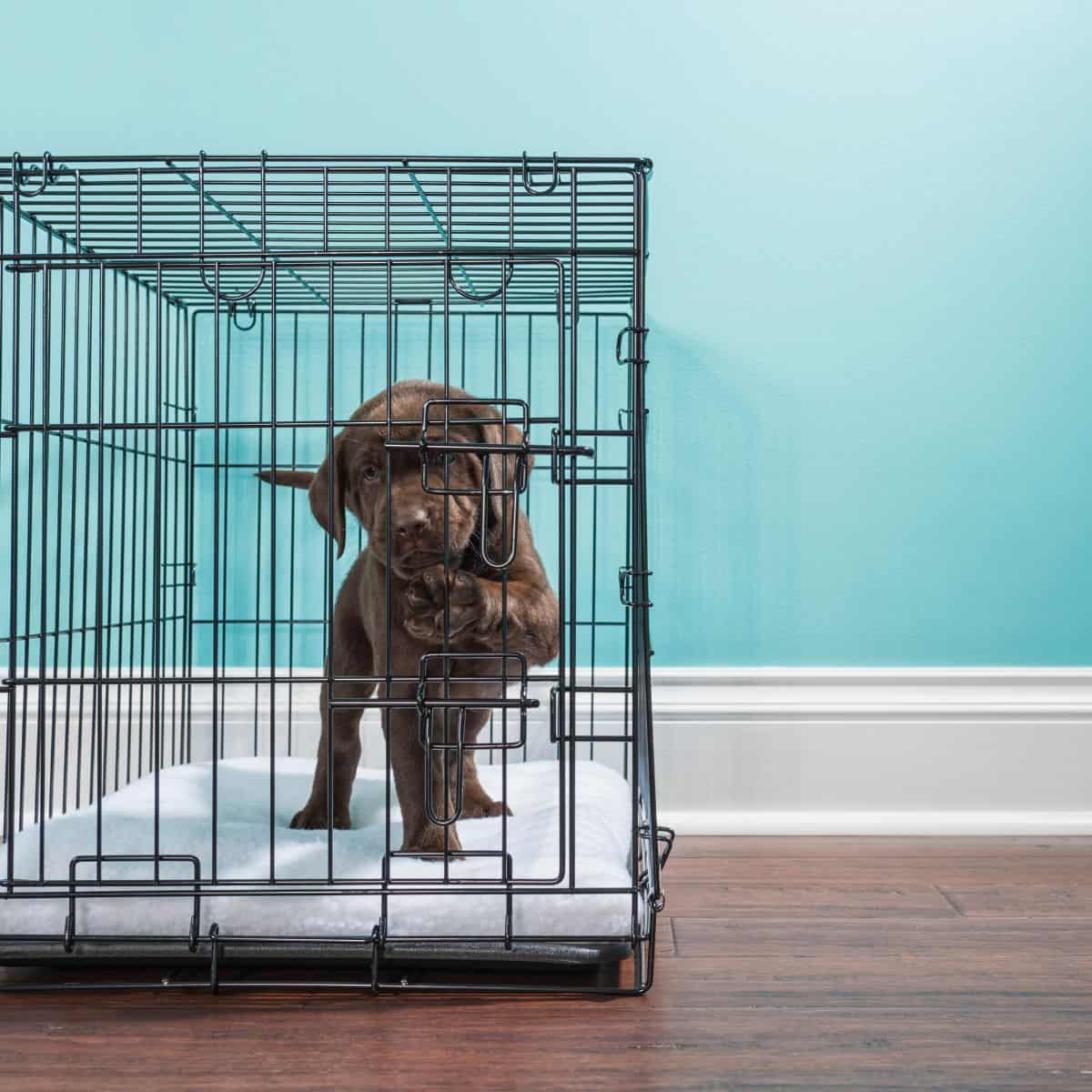
We joke a lot around here about being a disaster pet parent since in the end raising a pet is difficult and things can go awry very quickly. You may have bought the best pet food, have the cutest dog Instagram handle and be your dog’s Instagram account is killing it since your adorable is like no other.
However, training your dog and making them behave well (in addition to being still for cute dog poses for the camera) is the most important part of raising a dog.
Dog Crate training may be the answer.
There are 83 million dogs kept as pets in the US. Dogs, clearly the most popular for obvious reasons, are extremely loyal and get attached easily and are prone to anxiety in general. Accordingly, separation anxiety is a major issue for companion dogs.
What is Crate Training?
Crate training is the process of teaching a dog to accept a dog crate as a familiar and safe location to calmly enjoy and go to when they are stressed or when you put them in the crate. Crate training is not a form of punishment it is in fact a nice calm space they can call their own and appreciate being in. Certain dog behaviorists claim that that dogs are den-dwelling animals and that a crate can become a den substitute.
Benefits of Crate Training Your Dog
Using a crate (after they get used to it with proper training) helps to make your dog feel secure and confident in being alone. It calms them down even when you are around. With a crate, your dog can have its own space that is safe and comfortable.
Added bonus, puppies can be kept out of trouble when home alone or even when you are home and distracted. The crate will be a nice reprieve for the puppy owner and the puppy.
Among the other tips we have in our article What is Separation Anxiety and How to Have the Most Peaceful Pal. A benefit of crate training and one way to train your dog to reduce separation anxiety is through crate training.
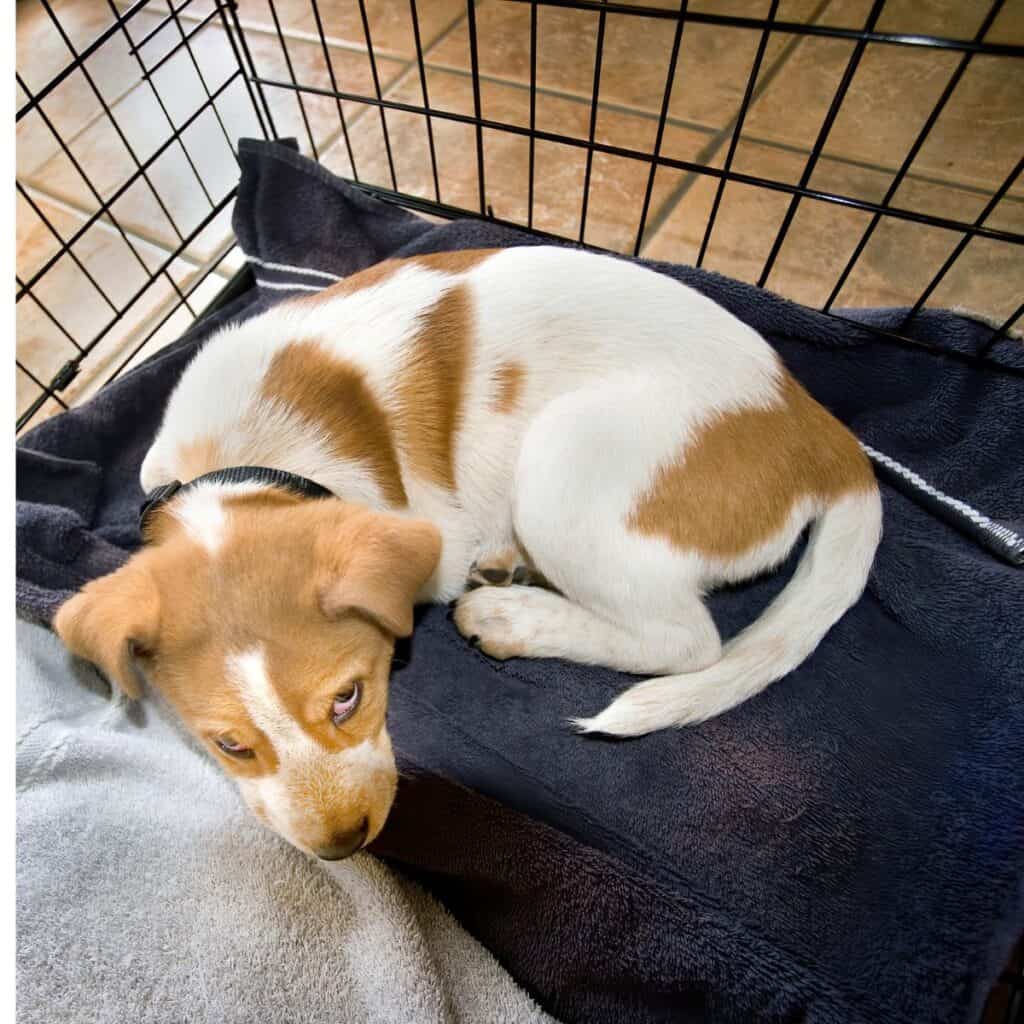
Simple Guide to Crate Training Your Dog
Here are seven simple steps you can follow to crate train your dog easily and get them to be happy and comfortable:
Crate Training Step # 1 Choose a Suitable Crate
Selecting the right crate is key to success. A crate gives your dog his or her own space. It is a safe area where they can feel secure.
A crate is not a prison, and your choice of a crate can reflect that. Choosing the right type of crate depends upon the size of your dog. Remember to get one in which your dog is comfortable. The crate must be large enough to allow your dog to stand up and have at least some movements (dog houses and crates need to be big for big dogs).
Getting a crate that is too large for your dog is not ideal. Make sure the crate is just the right size so that your dog can get comfortable inside while still feeling secure. Get a crate that is durable since you will be using it for a long time, especially if your dog is an adult.
Finally, with new trends you have a wide variety of crates to choose from. You can get wire crates or more enclosed ones. If your dog prefers darkness and silence while sleeping, it is better to get a covered crate.
Check out more doggie decor ideas in Motherpuppin’ Adorable: What to do when your dog is better than everyone else’s the ultimate tongue and cheek guide to navigating life with your dog
Pro Tip: Designer crates like those from Fable Pets blend in with your décor and may even add to it as some can double as coffee tables and other furniture pieces.
Crate Training Step # 2 Start Slow
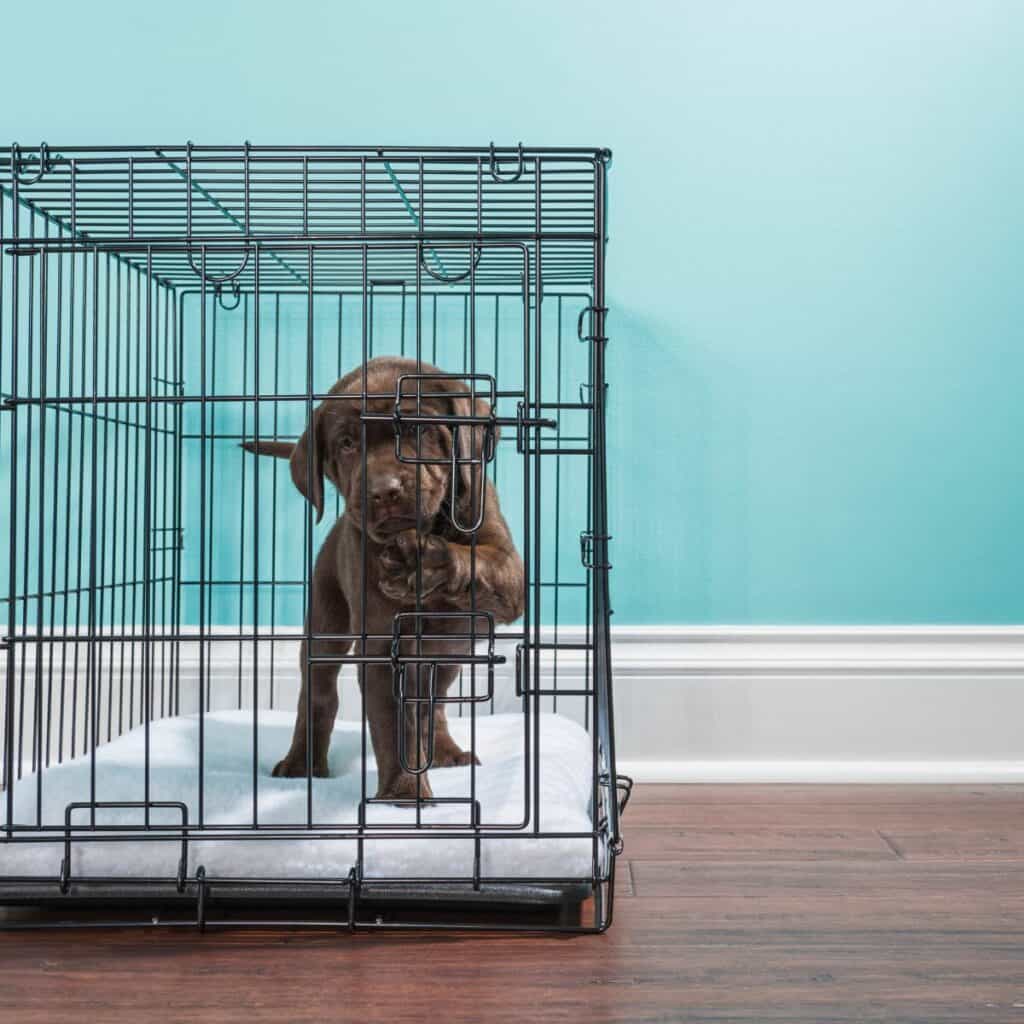
Do not expect your dog to get the idea behind the crate immediately. Manage your expectations and be prepared for any possibility (including a lot of whining.)
Dogs are creatures of habit and easing them into new situations is easier for everyone. Training your dog to spend time in the crate must be done slowly and requires a lot of patience. It is natural to want to move quickly through the process but forcing your dog to get accustomed to the crate will likely make them resist the crate even more.
Pro tip: Choose the right time to put your dog in the crate at the beginning especially. A tired dog is best and certainly not a dog that is having a good time otherwise. A crate is not punishment but a place you hope will become a happy secure place for your dog.
Crate Training Step # 3 Maximize your Dog’s Comfort
Your dog needs to learn and realize that the crate is their safe space. It is a place where they can relax and feel secure. You can do this by making sure that the look and feel of the crate communicates that message. Pick suitable bedding for the crate and fill it up with a few of your dog’s favorite toys.
Place anything that your dog finds comfort in, like a blanket or a cushion in the crate. Moreover, ensure that the dog feels loved and cared for before going in the crate. Get your hands on the best Golden Retriever brush on the market and give your dog a good brush down and cuddles before pointing him towards the crate.
Comfort is not limited to the way the crate feels and looks. Your dog must know that getting inside the dog crate is their choice. Introduce the crate to them. Let them explore and get curious about it. This will increase their interest and ultimately allow for smoother crate training.

Crate Training Step # 4 Reward your Dog
Once your dog goes inside the crate, be sure to reward him! Give him a dog treat that it enjoys.
Positive behaviors need rewarding. This lets your dog know that they are being good. It also creates a positive feeling related to the crate.
Express your joy in the good behavior. Pat them or hug them. Any gesture of appreciation will let them know they did well.
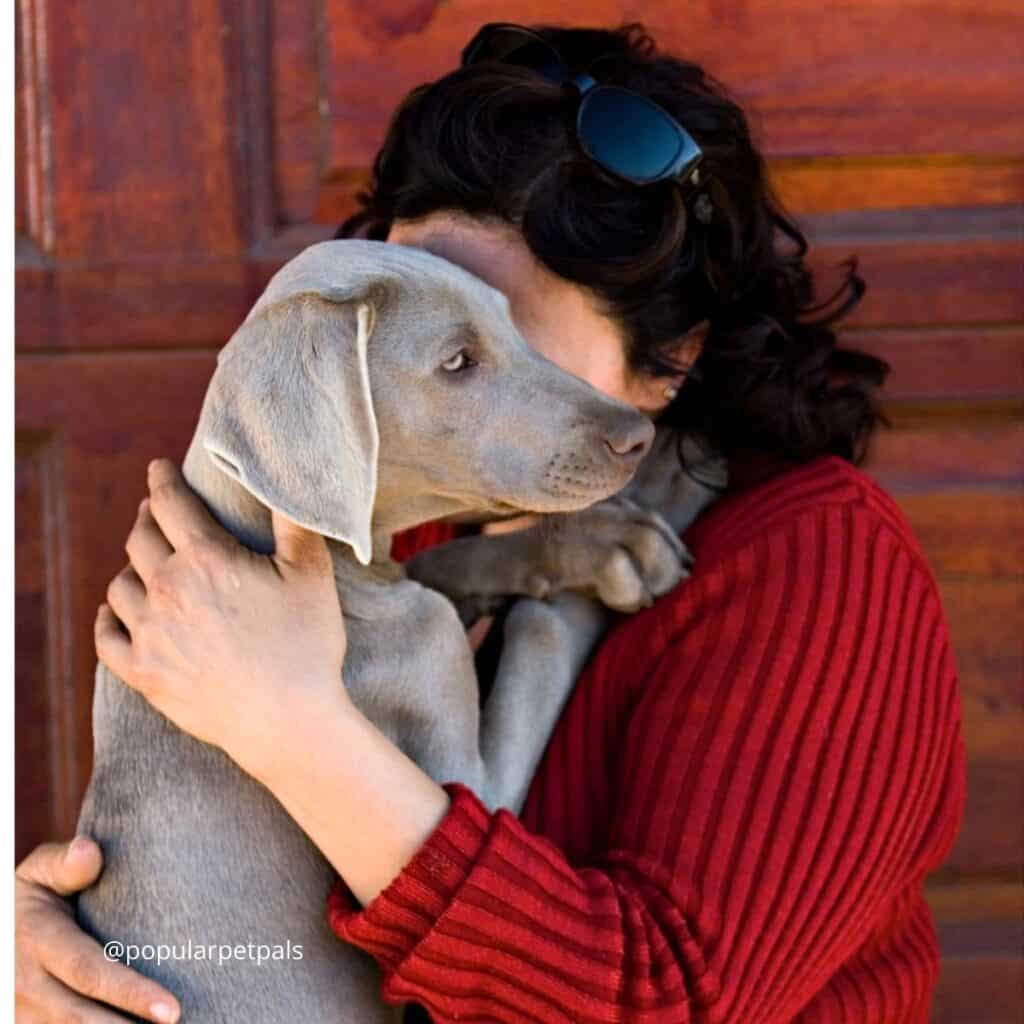
Crate Training Step # 5 Close the Crate
Getting your dog to go inside the crate is only the beginning. Once inside, try to close the crate door gently and softly.
At first, your dog may find this uneasy and may even resist, especially if you have a grownup dog who is used to roaming about freely.
Having the crate door closed is important. Try doing so slowly. Do it once your dog is comfortable and at ease inside.
Pro tip: Treats Come in handy at this stage, make your own calming dog treats or fill a Kong with calming ingredients.
Crate Training Step # 6 Keep Track of Time
The real success of crate training lies with the amount of time your dog spends inside the crate. The more, the better.
Try giving the meals inside the crate. This way, your dog will know that it has to stay in its personal space when eating. Slowly increase the time your dog stays in the crate.
Closely monitor the time and make sure it is increasing with each day.
Pro tip: If your dog is getting anxious or nervous extend the time slowly and consider calming support with items

like Calm, CBD from hemp spray a non-psychoactive chicken flavored easy to use hemp spray that works fast and efficiently to provide a sense of calm for your dog.
Crate Training Step # 7 Play Games with Your Dog While They Are in The Crate
To familiarize your dog with the crate, try to play games that require them to stay in the crate. You can play fetch in the crate, especially if it is big enough.
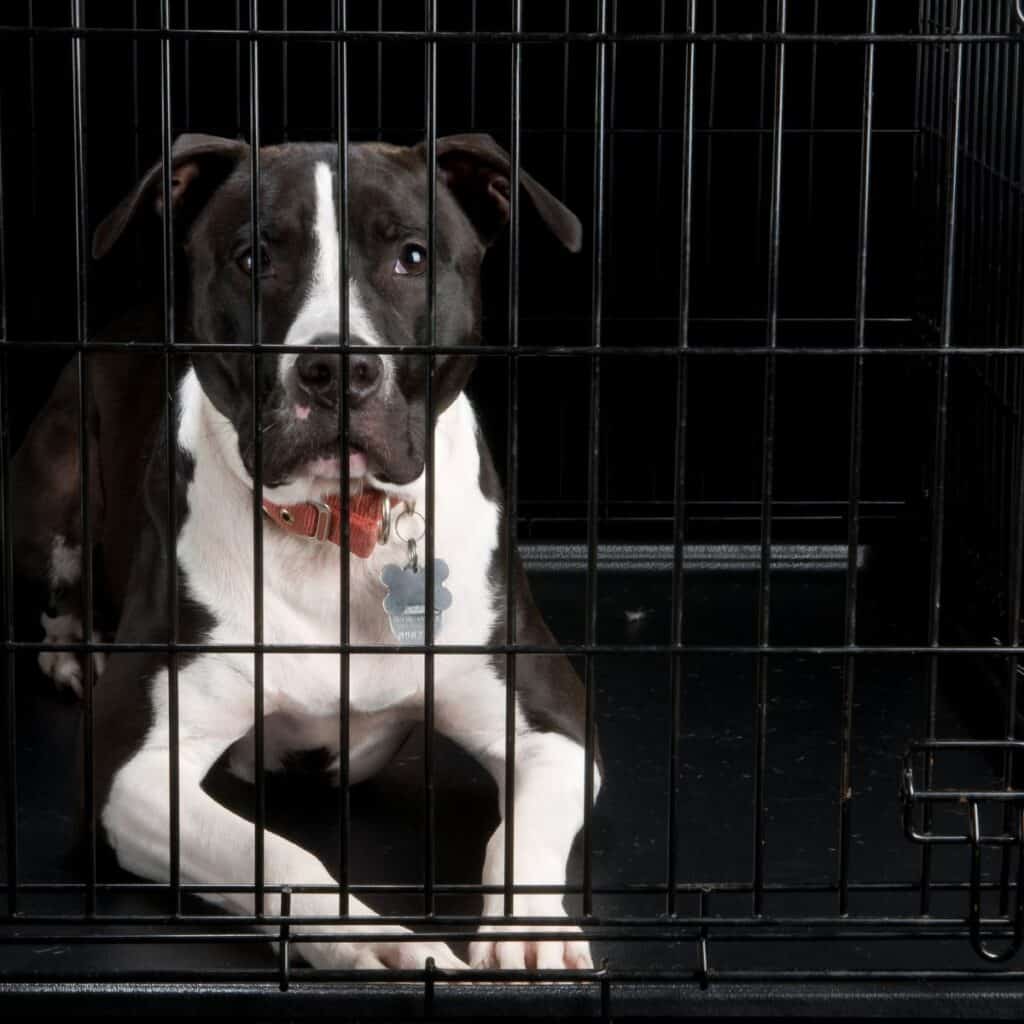
Doing this will help your dog become a lover of the crate. They will not view it as a negative place where their ability to move is limited and they are away from you.
Conclusion – Striving for Success
You are responsible for training your dog so your dog and you can live a more fulfilling life together. When it comes to the training of any kind, be sure to move at the pace of your dog.
Crate training along with other forms of training may require a lot patience on both of your parts but it will be well worth the effort.
Support your dog in every way so that they can achieve success. It is not easy, but you must never give up on encouraging your dog. The key to success is knowing your dog’s abilities and using techniques that enable them to learn new things.
For more doggo fun check out Motherpuppin’ Adorable: What to do when your dog is better than everyone else’s the ultimate tongue and cheek guide to navigating life with your dog.
Crate Training FAQs
The amount of hours you crate train will vary and build up as you continue to crate train your dog. Starting slow with plenty of rewards is a good way to get your dog accustomed to a crate. Adult dogs shouldn’t be left in crates for more than 6-8 hours. Puppies of 17 weeks and older can handle up to 4 or 5 hours in a crate at a time.
Not only do vets recommend crate training but also many dog trainers, behaviorists, and other dog professionals. These professionals recommend crate training since crate training makes potty training easier, dog boarding, dog travel and so many other ways living with your dog easier.
If your puppy is crying in his crate first ensure that there is not another issue, do they have to go out? Are they cold, hungry or thirsty? Is your puppy warm and comfortable? If you check all of these boxes then it just may be that it will take time for your puppy to get used to the crate. Every puppy will adapt to a crate differently and some may simply struggle since they love to be around you. You can support your puppy by providing them with a treat or toy.

